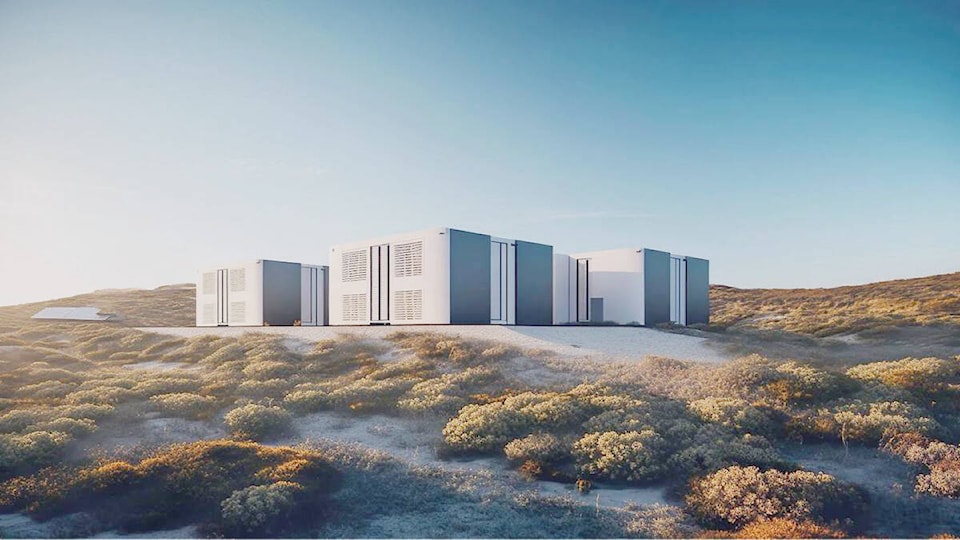The Malahat Nation is now less than 90 days away from having shovels in the ground on what will be Canada’s first Indigenous-led gigafactory and the largest battery plant in the country.
In partnership Vancouver’s Energy Plug Corp the new battery factory will be completed in 2025 and will create more than 100 local jobs.
“The proposed battery plant at Malahat will be an anchor for growth of further manufacturing tech jobs at Malahat,” said Malahat Nation CAO Josh Handysides. “It will really open the door to bringing those industries to the island in a bigger way.”
Energy Plug CEO Broderick Gunning said the company shares the Malahat Nation’s priorities for the future.
“We wanted to find a partner that had a similar long term vision for clean energy and grid resiliency while being a true environmental steward of the land,” said Energy Plug CEO Broderick Gunning. “This is an Indigenous-led initiative with Malahat owning 51 per cent of the partnership and us having the 49 per cent. For the short and medium term this will bring jobs, innovation and a wealth stream to the community. For the long term this positions Malahat as a leader in advanced new energy technology while providing a legacy for band members.”
The new 100,000-square-foot state-of-the-art facility will specialize in assembling lithium iron phosphate battery packs for residential, commercial, and industrial storage applications, which will pave the way for grid-scale battery storage systems while contributing to grid resilience, and sustainability. Gunning says they will be bringing in two different types of battery cells — a cylindrical, and a blade which will be assembled into packs at the new plant. The packs will range from 5 kW up to 100 kW and will be deployed in different applications that will include home batteries and energy storage for both large-scale solar and wind projects. This will be Canada’s largest battery plant and Gunning says for the project to reach its peak capacity, the cost will exceed $100 million.
It aims to cater to both commercial and residential needs. Commercial applications will include backup power, energy stability, incremental revenue opportunities, and carbon credits, while on the residential front batteries will be able to store excess energy for backup power and during peak demand. This new partnership will also aim to work with other cutting-edge technologies such as lithium nickel manganese cobalt oxide, sodium-ion, and solid state batteries.
The project further aims to build a replicable model for grid resiliency in First Nations communities. The new plant will be located in the 52-acre business park on Malahat Nations lands. With its strategic location being in a Free Trade Zone next to Tidewater it will enhance its significance in the global market with connections to Asia, the U.S. and Latin America. Malahat produced batteries will be eligible for the five per cent Federal Procurement Mandate implemented by the Government of Canada that ensures that a minimum of five per cent of the total value of contracts are held by Indigenous businesses, providing economic opportunities and fostering sustainable growth within Indigenous communities.
Through this project the Malahat Nation will continue with their commitment to the environment and will focus on promoting stewardship and sustainable practices in their traditional territory, they said. The nation is committed to balancing economic growth with environmental responsibility.
“This battery plant is a perfect example of Malahat creating an opportunity to take that sovereignty and control distribution of power across Malahat’s land,” said Malahat First Nation director of economic development Tristan Gale. “The Nation knows we are going to exceed the amount of power that’s available through BC Hydro, and Malahat wants to make sure that we are doing this in a sustainable way.”
